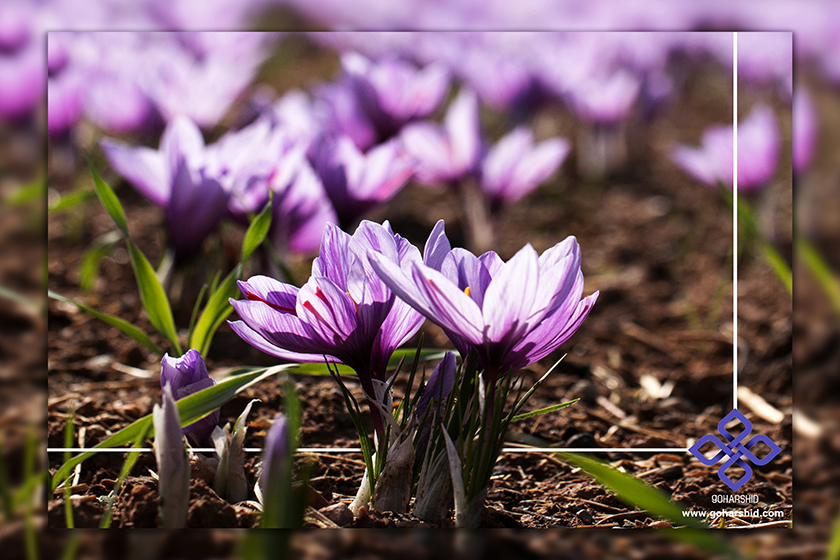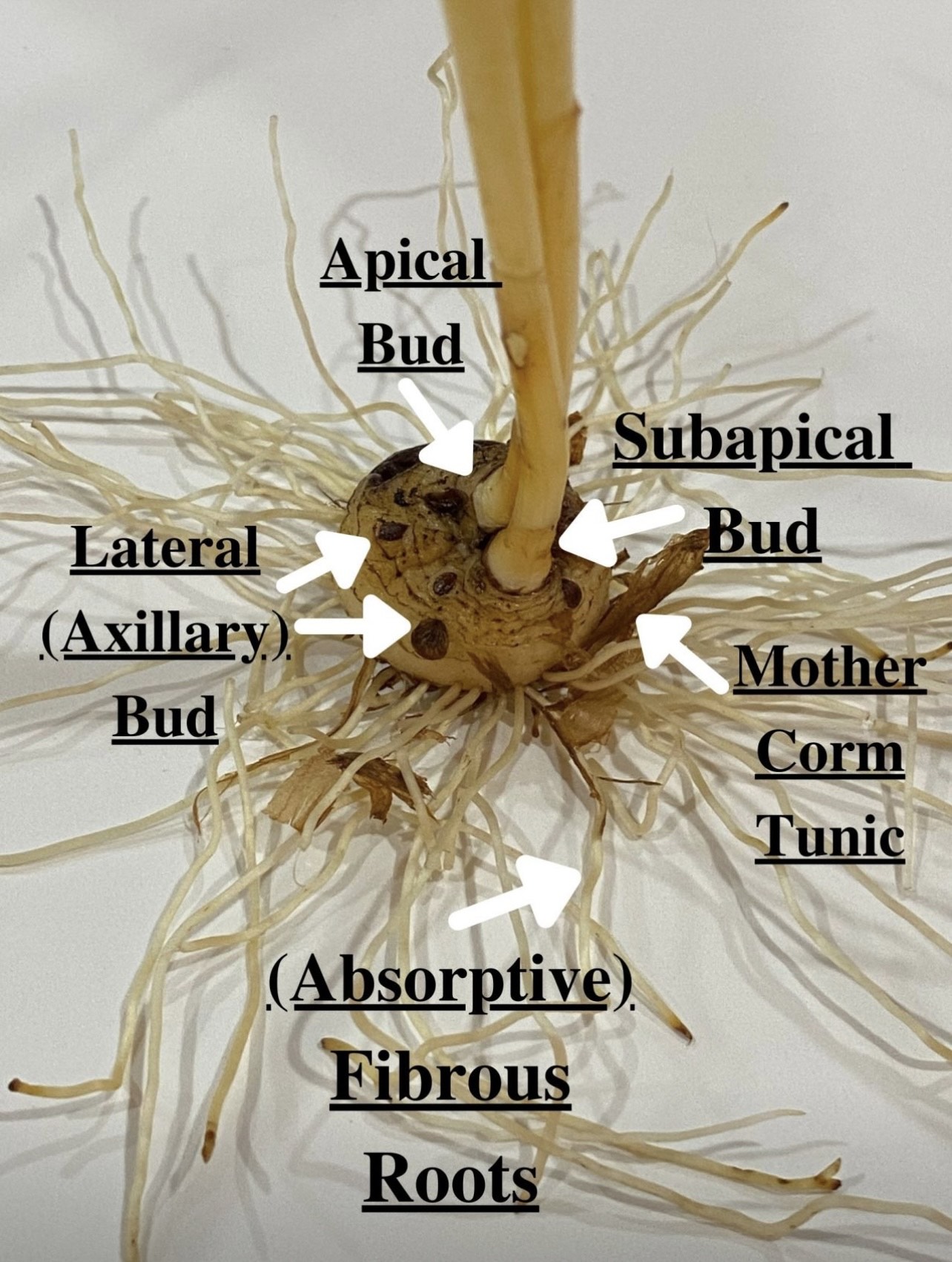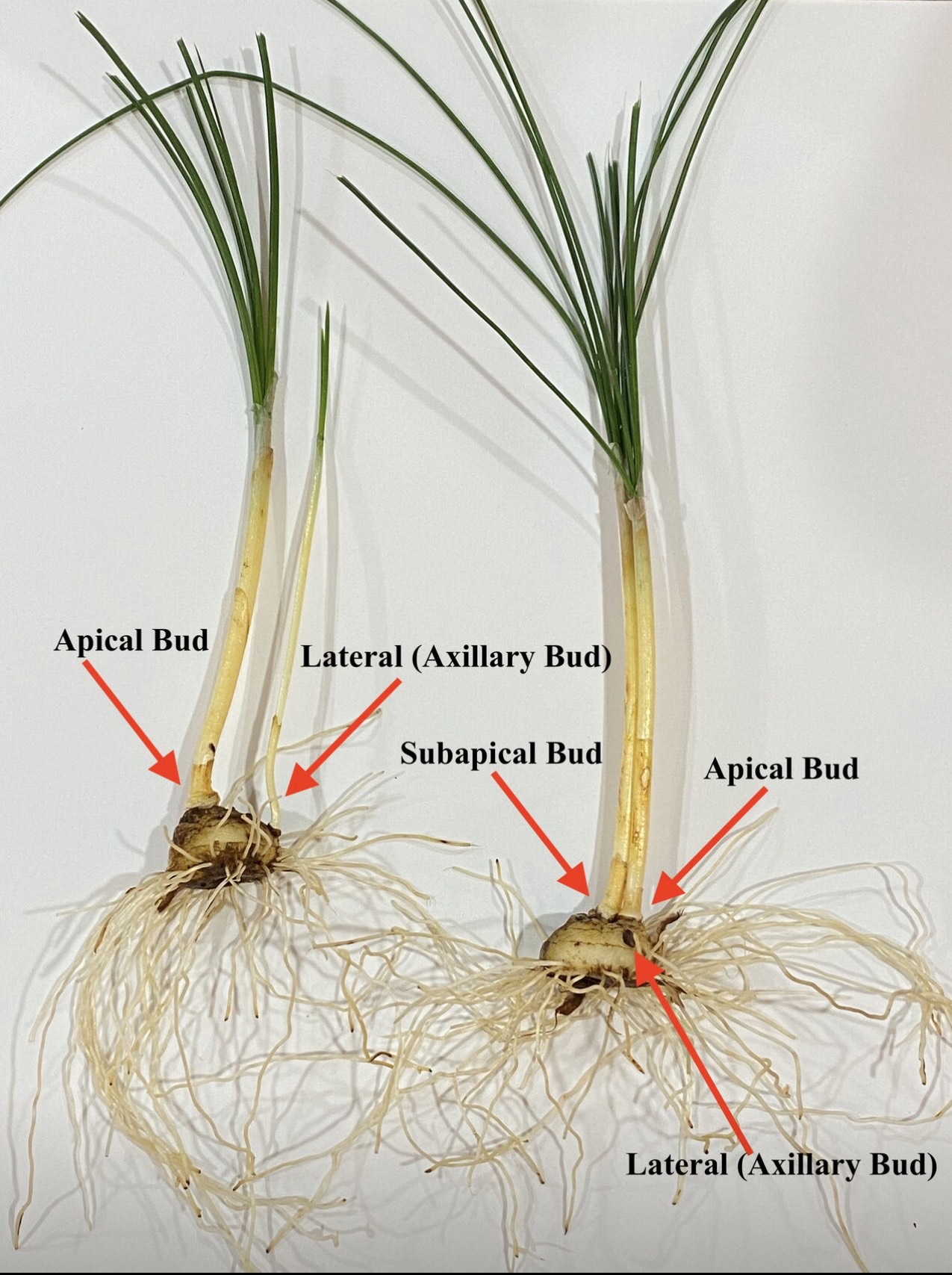
Different Types of Saffron
Saffron, commonly known as "Red Gold," is a valuable spice that has been utilized across numerous cultures for centuries. Nevertheless, the quality of saffron can differ greatly. Factors such as the variety, growing region, and processing techniques can all influence its characteristics.
Goharshid Sanat Naghshe Jahan Company
Saffron Varieties by Geographic Origin
The region where saffron is cultivated significantly influences its flavor, color, and fragrance. Below are some of the most notable saffron varieties from various areas:
1. Iranian Saffron (Persian Saffron)
Iran stands as the leading producer and exporter of saffron globally, contributing approximately 90% of the world's supply. Iranian saffron is celebrated for its rich color, robust aroma, and superior quality. It is categorized into several grades:
-
Negin Saffron: Recognized as the highest quality Iranian saffron, Negin saffron is derived from the red stigmas of the saffron flower and boasts the most intense aroma and color. It is often regarded as the purest and most potent form of saffron.
-
Sargol Saffron: This variety is also made from red stigmas but features shorter threads, placing it as the second-highest grade. Sargol saffron exhibits a bright red hue and strong flavor, though it is less potent than Negin saffron.
-
Pushal Saffron: This grade includes both red stigmas and the yellow styles of the saffron flower. While it is of lower quality compared to Negin and Sargol, it remains popular for culinary uses due to its cost-effectiveness.
-
Bunch Saffron: The lowest grade, Bunch saffron encompasses the entire stigma, style, and other components of the flower. It has the mildest flavor and aroma and is primarily utilized in large-scale industrial applications.
Kashmiri Saffron
Kashmiri saffron is celebrated for its vibrant red hue, fragrant floral notes, and velvety taste. Cultivated in the Kashmir Valley of India, it offers a subtly sweeter profile than Iranian saffron. Due to its limited production, Kashmiri saffron tends to be more costly. It is frequently utilized in gourmet cuisine, particularly in dishes such as Biryani and traditional Indian desserts.
Afghan Saffron
Afghan saffron has become increasingly popular in recent years due to its exceptional quality and relatively lower price compared to Iranian and Spanish varieties. It is primarily harvested in the northern and central regions of Afghanistan and is valued for its deep color, robust flavor, and aromatic qualities. Afghan saffron is often viewed as a more budget-friendly option among premium saffron varieties.
Spanish Saffron
Spanish saffron, especially from the La Mancha region, is distinguished by its robust, earthy flavor and a unique, mildly bitter taste. The primary varieties of Spanish saffron include:
-
La Mancha Saffron: This is the most recognized Spanish saffron, safeguarded by PDO (Protected Designation of Origin) status. It features a vivid red color and a pronounced, slightly bitter flavor.
-
Carmen Saffron: A variant of La Mancha saffron, it is noted for its powerful flavor and aroma, often favored by professional chefs.
-
Castilian Saffron: Known for its rich, mildly sweet flavor, Castilian saffron is a type produced in central Spain.
Greek Saffron
Greek saffron, especially that sourced from the Kozani region, is renowned for its robust flavor and vibrant color. Frequently regarded as one of the finest saffron varieties in Europe, it possesses a unique floral aroma. Kozani saffron is commonly utilized in Mediterranean and Middle Eastern dishes and is esteemed as one of the highest-quality saffron options available in Europe.

Saffron Grades and Their Specifications
Saffron is classified into various grades based on its quality, which is assessed through several criteria such as the size, color, aroma, and purity of the saffron threads. Globally recognized grading systems include the ISO grading system, the American grading system, and the European grading system.
ISO Grading System for Saffron
The International Organization for Standardization (ISO) establishes saffron grades by evaluating color, aroma, and flavor intensity. The primary grades recognized in the ISO system are:
-
Grade I (ISO 3632): This represents the highest quality saffron, characterized by its vibrant color, potent aroma, and robust flavor. It is generally pure, containing minimal to no stems or yellow components.
-
Grade II: This grade is of slightly lower quality, featuring some yellow parts of the stigma and potentially a less vivid color and aroma.
-
Grade III: This classification includes a higher proportion of yellow flower parts and is regarded as the lowest acceptable quality for culinary applications, often exhibiting a milder flavor and aroma compared to Grade I.


American and European Grading Systems
The grading systems for saffron in the United States and Europe typically consider the length and quality of the threads, along with the characteristics of stigmas compared to styles and other components of the flower.
-
American Grade A: This classification encompasses saffron featuring the longest and most vivid red stigmas, commonly utilized in gourmet cooking and high-end products.
-
European Grade 1: This grade is akin to Grade A saffron, recognized for its rich red threads and robust fragrance.
Key Characteristics of High-Quality Saffron
When selecting saffron, several key factors can help differentiate high-quality saffron from inferior options. These factors include:
-
Color: High-quality saffron exhibits a rich, deep red hue. The presence of yellow or white threads indicates lower quality. The color is indicative of the saffron's flavor and strength.
-
Aroma: Premium saffron should possess a robust, floral scent. It should not emit any musty or earthy odors.
-
Taste: The flavor profile of saffron should be pronounced, with a balance of slight sweetness and bitterness. A lackluster or bland taste suggests inferior quality.
-
Purity: Authentic saffron is made up solely of the red stigmas of the flower. Lower-quality saffron may contain yellow parts or stems, which can compromise its flavor and aroma.
-
Moisture Content: Saffron should be dry and brittle. While fresh saffron may retain some moisture, excessive moisture can lead to mold and spoilage.
How to Store Saffron
To preserve the quality and effectiveness of saffron, it is crucial to store it properly:
-
Shield from Light and Heat: Keep saffron in a cool, dark environment, away from direct sunlight and heat sources.
-
Utilize an Airtight Container: Store saffron in an airtight glass container to prevent moisture and odor absorption.
-
Avoid Strong Odors: Saffron is prone to absorbing strong scents, so it should not be stored near spices or other potent substances.
Identifying Genuine Saffron
Given its high market value, saffron is frequently adulterated or mixed with other materials to enhance weight and volume. To verify the authenticity of saffron:
-
Examine the Color: Genuine saffron should exhibit a rich red hue with orange or yellow tips. If it appears uniformly yellow or orange, it may not be authentic.
-
Assess the Aroma: True saffron has a distinct sweet, floral scent, while counterfeit saffron may lack fragrance.
-
Taste Test: Authentic saffron has a unique, slightly bitter taste. If it tastes sweet or bland, it may be diluted or mixed with other substances.
Conclusion
Saffron is a multifaceted and varied spice, and gaining insight into its different types, grades, and attributes can assist you in selecting the most suitable variety for your requirements. Whether your application is in cooking, baking, or medicinal uses, being knowledgeable about how to choose and store saffron will guarantee that you obtain the highest quality. It is essential to purchase saffron from trustworthy suppliers ( goharshid sanat naghshe jahan company ) to prevent the risk of counterfeit or compromised products.
Goharshid Sanat Naghshe Jahan Company


